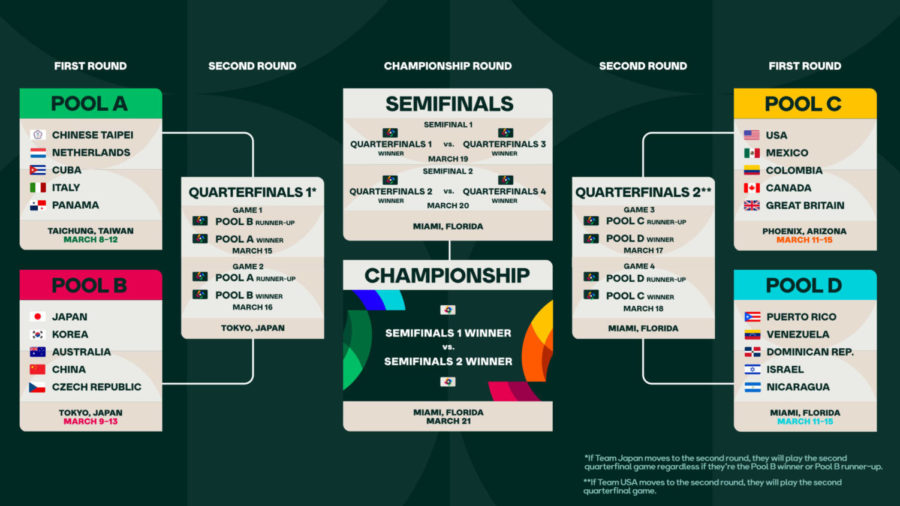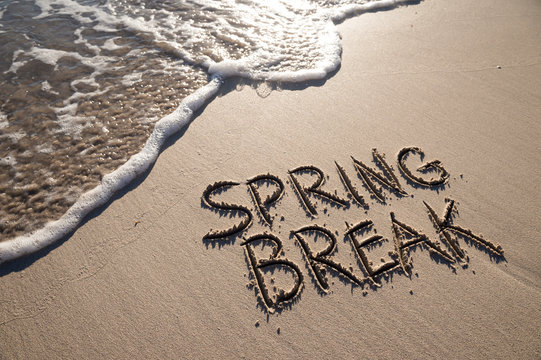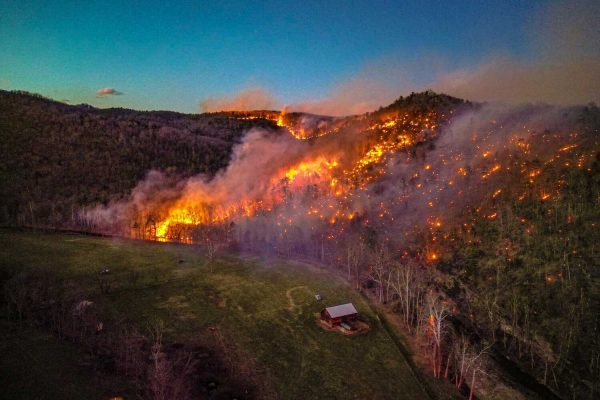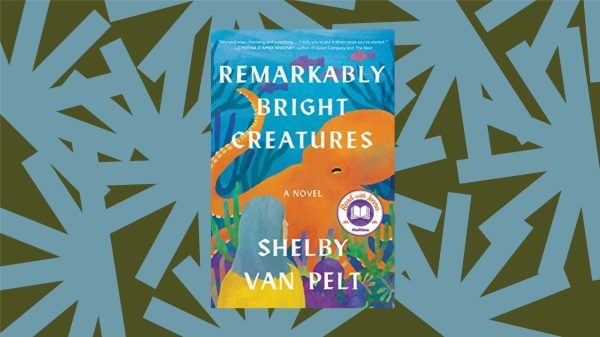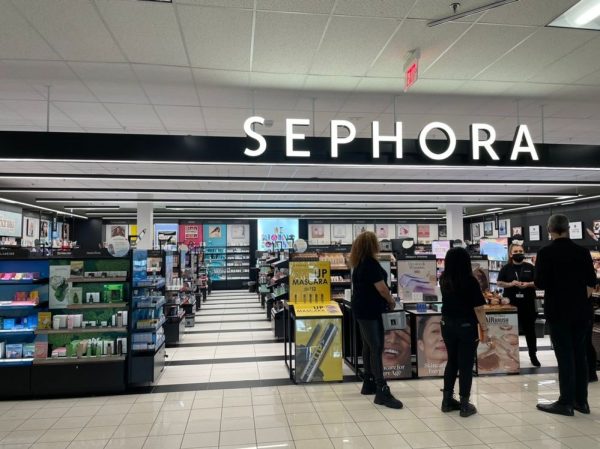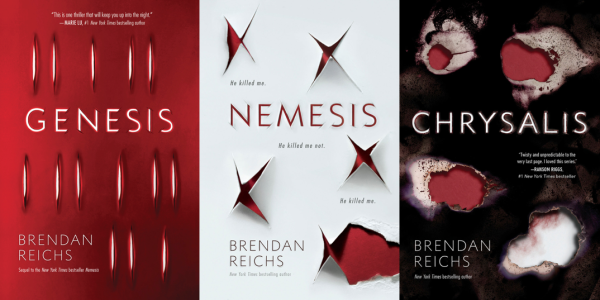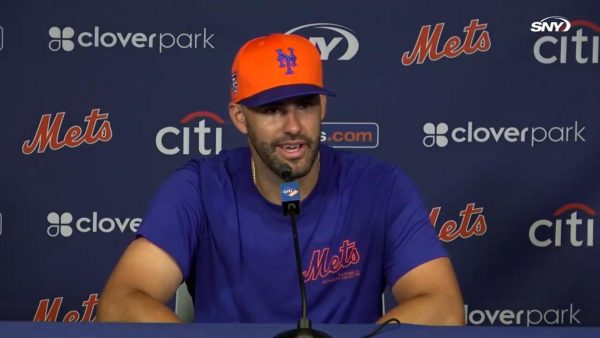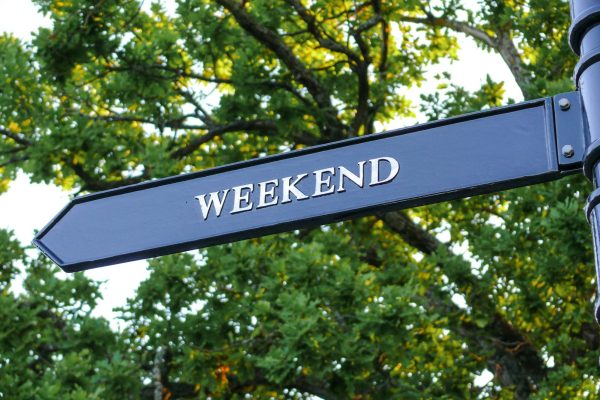A Deep Dive Into The 2023 World Baseball Classic
The World Baseball Classic (WBC) happens every four seasons; although they didn’t play in 2020 due to COVID-19, they are set to play Wed, Mar 7, 2023 – Tue, Mar 21, 2023.
March 13, 2023
The World Baseball Classic (WBC) happens every four seasons; although they didn’t play in 2020 due to COVID-19, they are set to play Wed, Mar 7, 2023 – Tue, Mar 21, 2023. This is a time for players from all around the world to play baseball for their country.
In the last WBC (2017) there were 16 teams, but this year it will be expanded to 20. All 16 teams participating in 2017 automatically qualified. For the remaining 4 spots, nations must compete for tournament berths.
The last team in each pool will have to play in a qualifier tournament for the next WBC, along with the top four teams who receive automatic berths into the next WBC. Great Britain, Panama, Nicaragua, and the Czech Republic were the ones who won a tournament spot.
There are four pools in the first round, A, B, C, and D, which are determined by location. As we take a deep dive into each pool we will look at every team’s top players, and their chances of advancing to the next round.
In the first round each team plays every other team in its pool once. The teams with the two best records in each pool advance to the quarter-finals.
Once round number two starts pools A and B will merge into Pool E and pools C and D form Pool F. Each pool has four teams, so there will be a total of three games played once again. The top two teams from each pool move on to the semi-finals.
In the semi-finals, the winner of Pool E plays the runner-up of Pool F and the winner of Pool F plays the runner-up of Pool E. Both the semi-finals and the finals are single-elimination games.
Let’s start off with Pool A: Chinese Taipei, the Netherlands, Cuba, Italy, and Panama. There is really no dominant team in Pool A, allowing for an equal shot for any two teams to advance.
Some highlighted players in Pool A would be Yoenis Cespedes, a former New York Met representing Cuba. Playing third base for the Netherlands will be Xander Bogarts, who now plays for the San Diego Padres on an 11-year/$280,000,000 contract, and Didi Gregorius, who previously was a New York Yankee.
Although their pitching is weak, they do have Kenley Jansen from the Boston Red Soxs. Former Mets star catcher Mike Piazza will manage team Italy, and though there were rumors regarding Brandon Nimmo playing for Italy (since he played in 2017), he will instead remain in Port St. Lucie in preparation for the regular season by showing his dedication to his leadership.
Pool B consists of Japan, Korea, Australia, China, and the Czech Republic. Unlike Pool A, Pool B has a highly dominant team in Japan.
Yu Darvish will take the mound along with Shohei Ohtani, but Ohtani will hit as well. Ohtani and Mike Trout are two of baseball’s best players who both play for the Los Angeles Angels, so if Japan and the USA play against each other, it is going to make for some great entertainment.
Some other familiar names for Japan are Seiya Suzuki of the Chicago Cubs and Roki Sasaki, who pitches in Japan, can throw up to 103 MPH (miles per hour), and threw back-to-back perfect games in Japan last year. As for Korea, up the middle they have second basemen from the Padres – Ha Seong Kim, and St. Louis Cardinals – Tommy Edman, both Gold Glove award winners.
Moving onto the more competitive pool, Pool C includes the USA, Mexico, Columbia, Canada, and Great Britain.
Starting off strong with the USA, the USA is loaded with incredible players while also being the defending champs. Although their pitching isn’t as strong as the Dominican Republic’s, the rest of the USA lineup will back them up.
To highlight just a few of the many players, J.T. Realmuto will play behind the plate, and Nl MVP winner Paul Goldschmidt at first base. Nolan Arenado, a 10-time gold glove winner will play third, New York Mets Pete Alonso will compete for the DH spot, Jeff McNeil will play at second base (another NYM). Mookie Betts, Mike Trout, RP Adam Ottavino and RP Brooks Raley, both of whom pitch for the Mets, will also represent the USA.
USA’S biggest competitor in their pool looks like it’s going to be Mexico. Taijuan Walker will go on to represent Mexico in the WBC as a new addition to the Philadelphia Phillies after the Mets declined his qualifying offer. Freddie Freeman of the LA Dodgers will play for Team Canada.
The fourth and final pool is Pool D, made up of Puerto Rico, Venezuela, the Dominican Republic, Israel, and Nicaragua. The Dominican Republic will dominate this pool by far.
The DR has RP Sandy Alcantara, Gary Sánchez from the New York Yankees behind the dish, 3B Manny Machado, SS Jeremy Peña, Juan Soto, and Rookie of The Year Julio Rodríguez just to highlight a few.
For Puerto Rico, both of the Diaz brothers, Alexis and Edwin, will pitch. They also have RP Marcus Stroman, 2B Javier Báez, and NYM SS Fransico Lindor.
Newly acquired Omar Narvaez for the NYM will catch for Venezuela, 2B Jose Altuve, 3B Eduardo Escobar, Glyber Torres, SS Andrés Giménez, and RP Pablo López.
On paper, a team like the USA, DR, or Japan has the best chance of winning. However, a team like Italy winning is what students of Northport High School think. I asked NHS students who they predict will win the WBC, and the results were: USA: 3 votes, DR: 4 votes, Japan: 2 votes, Italy: 6 votes, Korea, Columbia, Puerto Rico, Mexico, and Great Britain: 1 vote.

